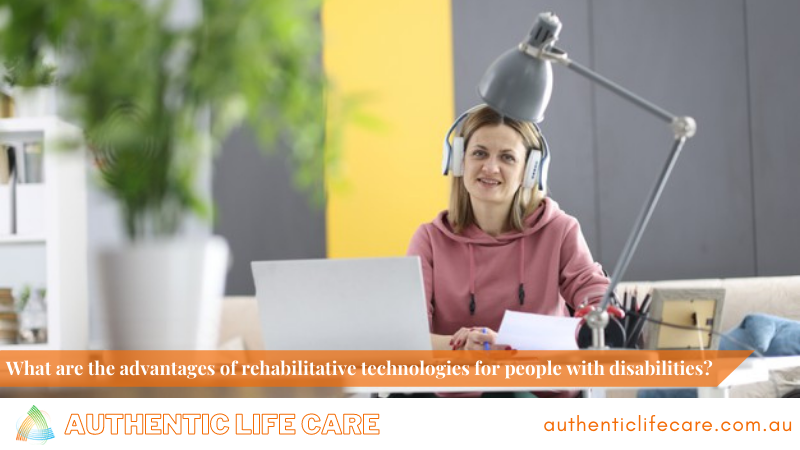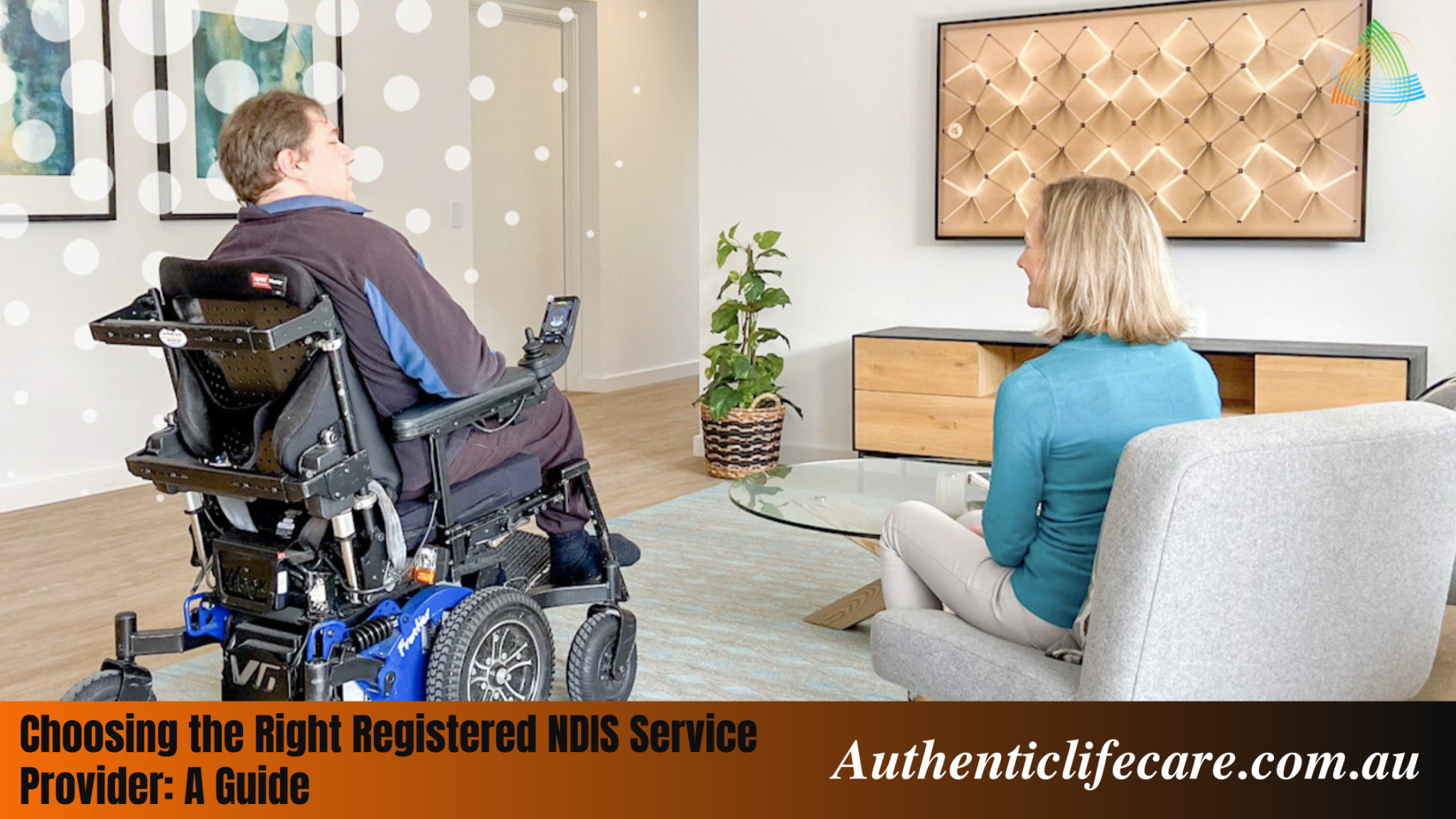Rehabilitative technology may help people who have been disabled due to cancer, illness, or ageing regain or increase function. Appropriate assistive technologies may also help people with disabilities compensate for a disability, at least in part.
Assistive technology, for example, allows students with disabilities to prepare for such limitations. This advanced equipment encourages independence and reduces the need for additional assistance.
Individuals may use rehabilitative and assistive technologies to:
- They would look after themselves and their friends.
- Work
- Learn in traditional school settings as well as other educational institutions.
- Computers and reading are two ways to get stuff.
- Culture, athletics, travel, and the arts are some of your favourite things to do.
- Take an active role in society.
Employers, teachers, family members, and everyone else who works with individuals who use assistive technology all learn from it.
People without disabilities are benefiting from assistive devices as they become more popular. Screen readers, for example, are used by people who use English as a second language. Screen enlargers and magnifiers are seen for the elderly.
The person with a disability, in collaboration with his or her caregivers and a team of clinicians and experts, typically determines which form of rehabilitative or assistive technology will be more beneficial. The staff has been taught to match specific technology to specific requirements in order to improve or increase the person’s independence. Family physicians, standard and special education instructors, speech-language pathologists, rehabilitation engineers, physical therapists, and other experts may be on the panel, as well as members from assistive technology manufacturers.
What disabilities could be helped by assistive technology?
Any disabilities are readily apparent, while others are “invisible.” The majority of disorders fall into one of the following categories:
- Intellectual and learning difficulties/disorders, distractibility, reading disorders, failure to recall or concentrate on vast volumes of material are also examples of cognitive disabilities.
- Hearing deficiency or impairment is referred to as a hearing disorder.
- Paralysis, trouble walking or other activities, failure to use a computer mouse, poor reaction time, and difficulty managing movement are also examples of physical disabilities.
- Visual impairments include blindness, poor vision, and colour blindness.
- Post-traumatic stress disorder, anxiety disorders, mood disorders, eating disorders, and paranoia are also mental illnesses.
- When you look at others, you do not see that they have a hidden disability.
Vision impairments, mobility disorders, auditory impairments, and mental health issues are only a few examples.
Disabilities can also be caused by medical disorders. Epilepsy, diabetes, sickle cell disease, HIV/AIDS, cystic fibrosis, cancer, and cardiac, liver, or kidney disease, for example, may cause mobility or everyday activity issues and can be considered disorders under the statute.
Complex rehabilitative technologies can help people with spinal cord damage, traumatic brain injuries, cerebral palsy, muscular dystrophy, spina bifida, osteogenesis imperfecta, multiple sclerosis, demyelinating disorders, myelopathy, progressive muscular atrophy, amputations, or paralysis. Individually designed assistive devices assist each person with his or her particular impairment.













